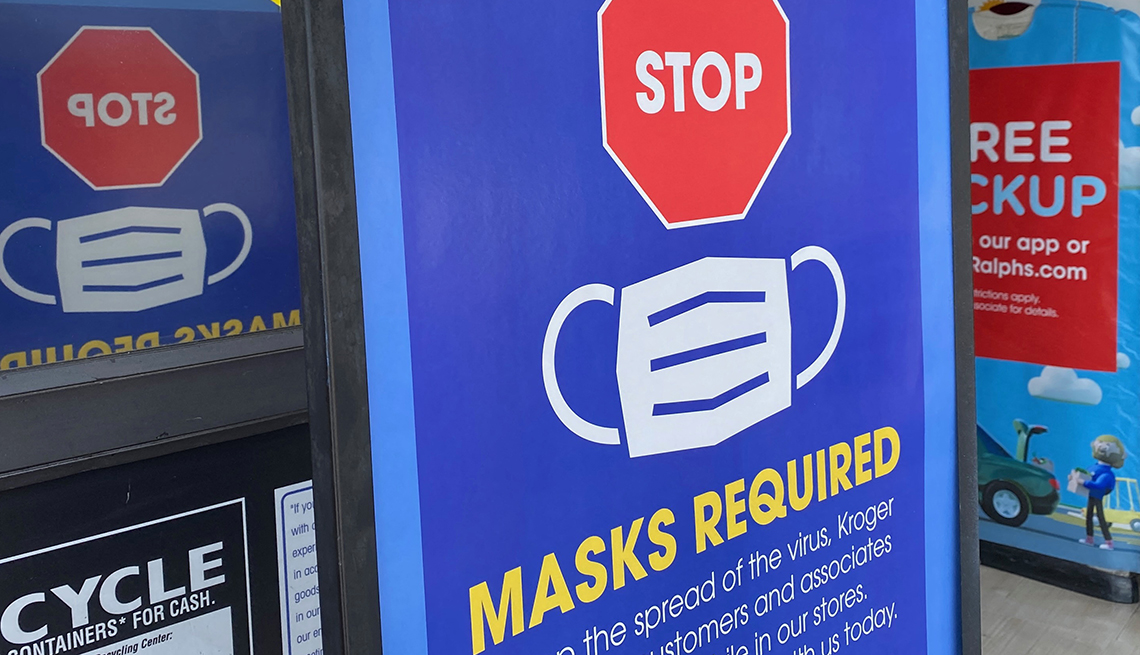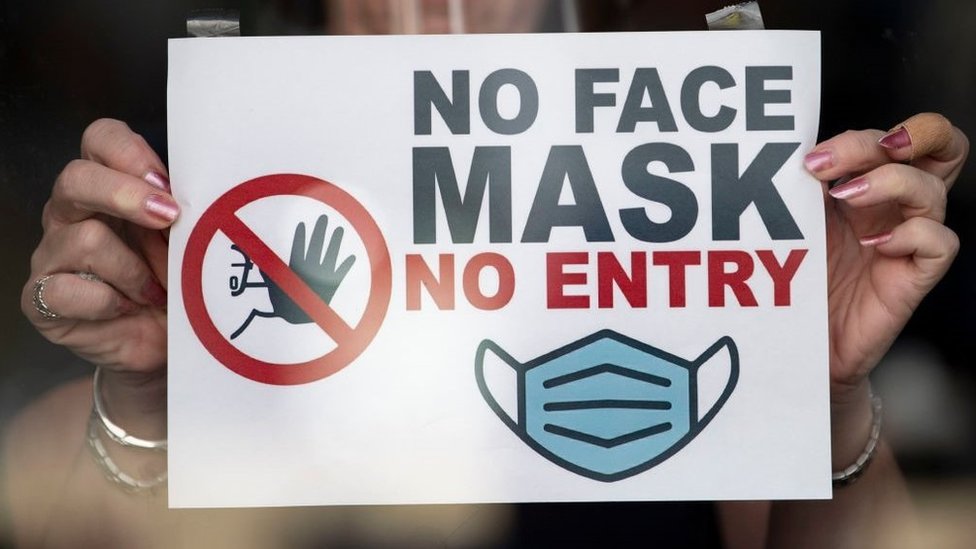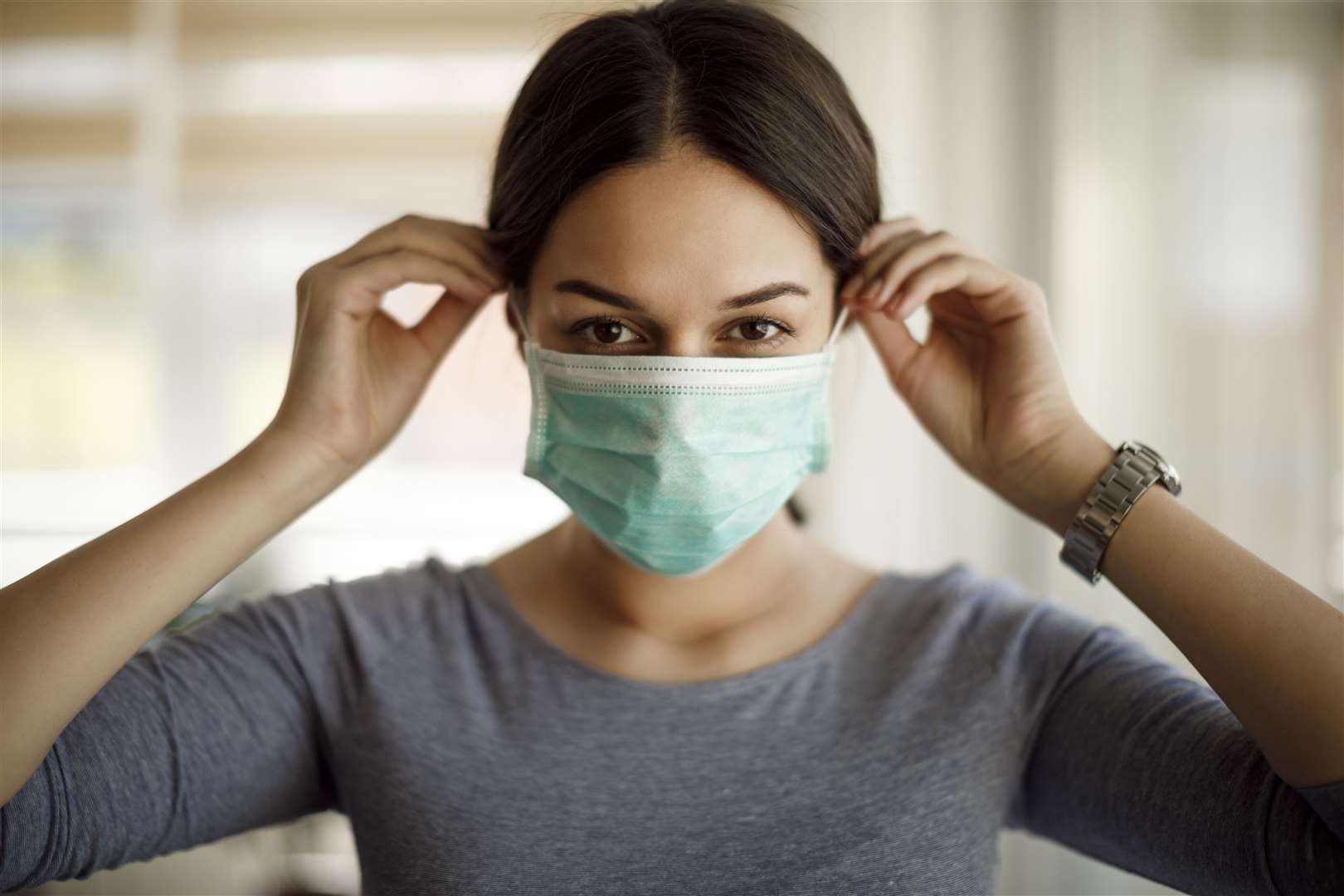The Nassau County Mask Mandate

The Nassau County mask mandate, implemented during the COVID-19 pandemic, was a significant public health measure aimed at mitigating the spread of the virus. This mandate, like many others across the country, sparked diverse reactions, ranging from strong support to fervent opposition. Understanding the timeline, rationale, and public response to this mandate provides valuable insights into the complexities of public health policy during a crisis.
Timeline of the Mask Mandate
The Nassau County mask mandate evolved over time, reflecting the changing dynamics of the pandemic.
- April 2020: Nassau County, like many other jurisdictions, implemented a mask mandate for the public, recommending the use of face coverings in public settings to minimize virus transmission.
- May 2020: The county strengthened its mandate, making it mandatory for individuals to wear masks in indoor public spaces, including businesses and public transportation.
- June 2020: The mandate was further expanded to include outdoor settings where social distancing was difficult to maintain, such as crowded areas or gatherings.
- May 2021: With increasing vaccination rates and declining COVID-19 cases, the county began to ease restrictions, including the mask mandate for fully vaccinated individuals in most indoor settings.
- June 2021: The mask mandate was lifted for fully vaccinated individuals in all indoor settings.
- August 2021: The county reinstated a mask mandate for all individuals, regardless of vaccination status, in indoor public settings due to a surge in COVID-19 cases driven by the Delta variant.
- February 2022: The mask mandate was lifted for all individuals in most indoor settings, with some exceptions remaining in place for specific locations, such as healthcare facilities and public transportation.
Rationale for the Mask Mandate
The Nassau County mask mandate was based on the growing body of scientific evidence demonstrating the effectiveness of masks in reducing the spread of respiratory droplets, which can carry the virus that causes COVID-19.
- Masks act as a physical barrier, preventing the exhalation of potentially infectious droplets.
- Studies have shown that mask-wearing significantly reduces the transmission of respiratory viruses, including COVID-19.
- The Centers for Disease Control and Prevention (CDC) and other public health organizations strongly advocated for mask mandates as a crucial public health measure to protect individuals and communities.
Public Reaction to the Mask Mandate, Nassau county ban masks
The mask mandate in Nassau County, like similar mandates across the country, elicited a wide range of reactions, reflecting diverse perspectives on public health, personal liberty, and the role of government.
- Support: Many residents supported the mask mandate, citing its importance in protecting public health and slowing the spread of COVID-19. They viewed it as a necessary measure to safeguard vulnerable populations, reduce strain on healthcare systems, and reopen the economy safely.
- Opposition: Some residents opposed the mandate, arguing that it infringed on personal liberty and was ineffective in preventing the spread of the virus. They expressed concerns about the potential for masks to cause health problems or be uncomfortable to wear, and some believed that the government should not mandate personal health choices.
Legal and Political Implications

The Nassau County mask mandate, like many similar measures implemented across the United States, has raised significant legal and political questions. Examining the legal basis for the mandate, understanding the political debates surrounding it, and analyzing its impact on the local economy are crucial for a comprehensive understanding of this complex issue.
Legal Basis of the Mask Mandate
The legal basis for mask mandates rests on the authority of governments to protect public health and safety. Public health powers are generally rooted in state constitutions and statutes, which grant governments the authority to regulate activities that pose a threat to public health. In the case of the Nassau County mask mandate, the legal basis likely stems from the county’s authority to regulate public health and safety within its jurisdiction.
Political Debates Surrounding the Mask Mandate
The mask mandate sparked heated political debates, reflecting the broader polarization surrounding COVID-19 mitigation measures.
Local Government and Public Officials
Local governments, such as Nassau County, often bear the brunt of public scrutiny when implementing controversial policies. Elected officials, tasked with balancing public health concerns with individual liberties, faced pressure from both proponents and opponents of the mandate.
Political Parties
The mask mandate became a focal point for political parties, with differing stances on government intervention and individual freedoms. Some parties advocated for stricter measures, emphasizing the need to protect public health, while others favored a more limited government role, arguing for individual choice and personal responsibility.
Impact of the Mask Mandate on Local Businesses and the Economy
The economic impact of the mask mandate on local businesses is a complex issue, with potential benefits and drawbacks.
Potential Economic Benefits
By mitigating the spread of COVID-19, the mask mandate could have helped reduce hospitalizations and deaths, potentially leading to a more stable economy. A healthier workforce translates to fewer disruptions and a more productive economy.
Potential Economic Drawbacks
Some businesses, particularly those in the service industry, faced challenges due to customer resistance to mask requirements. This could have resulted in reduced foot traffic and revenue. Additionally, the mandate’s enforcement and compliance costs could have placed a burden on businesses.
Social and Cultural Impact: Nassau County Ban Masks

The Nassau County mask mandate, like similar measures implemented across the globe, has had a profound impact on the social and cultural fabric of the community. Beyond its direct health implications, the mandate has sparked debates about personal freedoms, community responsibility, and the role of government in public health. This section delves into the social and cultural consequences of the mandate, exploring its influence on public interactions, community dynamics, and personal freedoms, as well as the psychological effects of mask-wearing.
Public Interactions and Community Dynamics
The mask mandate has undoubtedly altered the nature of public interactions. The physical barrier imposed by masks has, in some cases, hindered non-verbal communication, such as facial expressions and lip reading, making it more challenging to convey emotions and understand others. This can be particularly difficult for individuals with hearing impairments or those who rely heavily on visual cues for communication.
“Masks have made it harder to read people’s emotions, and that can lead to misunderstandings and awkward interactions,” said Dr. Sarah Jones, a social psychologist at the University of California, Berkeley.
Furthermore, the mandate has sparked debate about the social implications of masking. Some argue that mask-wearing has fostered a sense of division and mistrust within communities, particularly between those who support the mandate and those who oppose it. Others suggest that masks have created a sense of anonymity, potentially leading to increased incivility or even aggression in public spaces. It’s important to note that these are complex issues with no easy answers, and further research is needed to fully understand the long-term social and cultural impact of mask mandates.
Psychological Effects of Mask-Wearing
The psychological impact of mask-wearing is a significant aspect of the mandate’s broader social and cultural effects. While masks are intended to protect public health, they can also create a sense of anxiety, frustration, and social isolation for some individuals.
“Masks can trigger feelings of claustrophobia, anxiety, and discomfort for some people,” explained Dr. David Smith, a clinical psychologist specializing in anxiety disorders.
Furthermore, the constant reminders of the pandemic and the need to protect oneself can lead to heightened stress and worry. For individuals who already experience social anxiety or other mental health conditions, the mandate can exacerbate these challenges, making it more difficult to engage in social interactions and participate in everyday activities.
Role of Media and Social Media
The media and social media platforms have played a significant role in shaping public perceptions of the mask mandate. News outlets, social media influencers, and online forums have provided a platform for diverse perspectives, opinions, and misinformation surrounding the mandate.
“The media and social media have amplified both the positive and negative aspects of the mask mandate, creating a complex and often polarized landscape of public opinion,” noted Dr. Emily Chen, a communications researcher at Stanford University.
This constant flow of information, often presented in a sensationalized or emotionally charged manner, has contributed to the public’s anxiety and uncertainty surrounding the mandate. It’s essential to be critical consumers of information, verifying facts and seeking reliable sources to form informed opinions.
Nassau county ban masks – The Nassau County mask ban has sparked debate, mirroring the clash of ideologies that shaped the world. Much like the elegance and history embodied in a silver dressing table chair , the decision reflects a complex interplay of personal freedom and public health, leaving many questioning the true cost of liberty in a pandemic.
The Nassau County mask ban sparked a heated debate, with some applauding the move and others decrying it as a step backward. The controversy even reached the office of Mayor Tiffany Henyard , who, though not directly involved in the decision, found herself fielding questions from concerned constituents.
The mask ban, ultimately, reflects a larger societal struggle to balance individual liberty with public health concerns.
